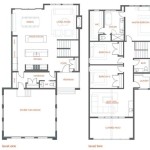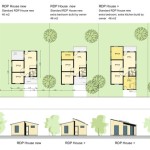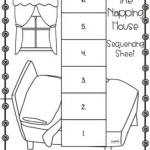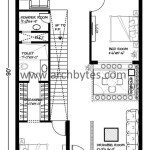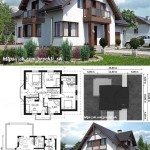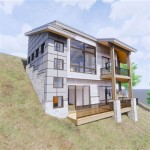Essential Aspects of Civil Engineering Residential Building Plans
Civil Engineering Residential Building Plans are crucial documents that outline the technical specifications and design parameters for constructing residential buildings. They serve as a blueprint for architects and contractors to bring your dream home to life. Understanding the essential aspects of these plans is paramount for homeowners and professionals alike.
1. Site Analysis and Planning
The initial stage involves evaluating the building site, considering factors such as topography, soil conditions, and access to utilities. This analysis helps determine the optimal location and orientation of the building to maximize natural light, ventilation, and views.
2. Floor Plans and Elevations
Floor plans provide detailed representations of each level of the building, showing room layouts, dimensions, and connections. Elevations, on the other hand, illustrate the exterior appearance of the building from different sides, including rooflines, windows, and doors.
3. Structural Design
Civil engineers ensure that the building can withstand various loads, including dead loads (permanent structures), live loads (occupants and furniture), and environmental loads (wind, rain, and snow). They design the foundation, walls, beams, and columns to meet these load requirements.
4. Plumbing and Electrical Systems
These plans specify the location and routing of water supply lines, drains, and electrical wiring. They ensure that the building has adequate plumbing fixtures, lighting, and power outlets to meet the needs of occupants.
5. Heating, Ventilation, and Air Conditioning (HVAC)
HVAC systems regulate indoor climate by heating, cooling, and ventilating the building. These plans include the design of heating and cooling equipment, ductwork, and ventilation systems to ensure comfortable indoor conditions.
6. Energy Efficiency and Sustainability
Civil engineers incorporate energy-efficient practices into building designs to reduce operating costs and environmental impact. These plans may include measures such as insulation, passive solar design, and renewable energy sources.
7. Landscape Architecture
Landscape plans complement the building design by enhancing the surrounding environment. They consider the layout of gardens, walkways, patios, and outdoor living areas to create a cohesive and visually appealing landscape.
8. Building Codes and Regulations
Civil engineers ensure that building plans comply with local building codes and regulations. These codes establish minimum standards for construction, safety, and accessibility to protect occupants and ensure the building's structural integrity.
Conclusion
Civil Engineering Residential Building Plans are comprehensive documents that encapsulate the technical and design considerations for constructing a residential building. Understanding these essential aspects empowers homeowners and professionals to make informed decisions, ensuring their dream home meets their needs, complies with regulations, and stands the test of time.

Top 50 Amazing House Plan Ideas Engineering Discoveries Simple Plans Model Small Design

House Plans Home Residential

Civil Engineering 2bhk Residential Building Line Plan With Dwg File How To

Design A Plan Of Residential Building By Sangeet Rokaya Fiverr

Civil Engineer Engineering House Plans

Estimation Of A Residential Building By Long Wall Short Method Technical Civil

Residential Building Planning Civil Engineer

Pin On فيلا

How To Draw A House Plan Step By

Column Layout For A Residence Civil Engineering Projects


